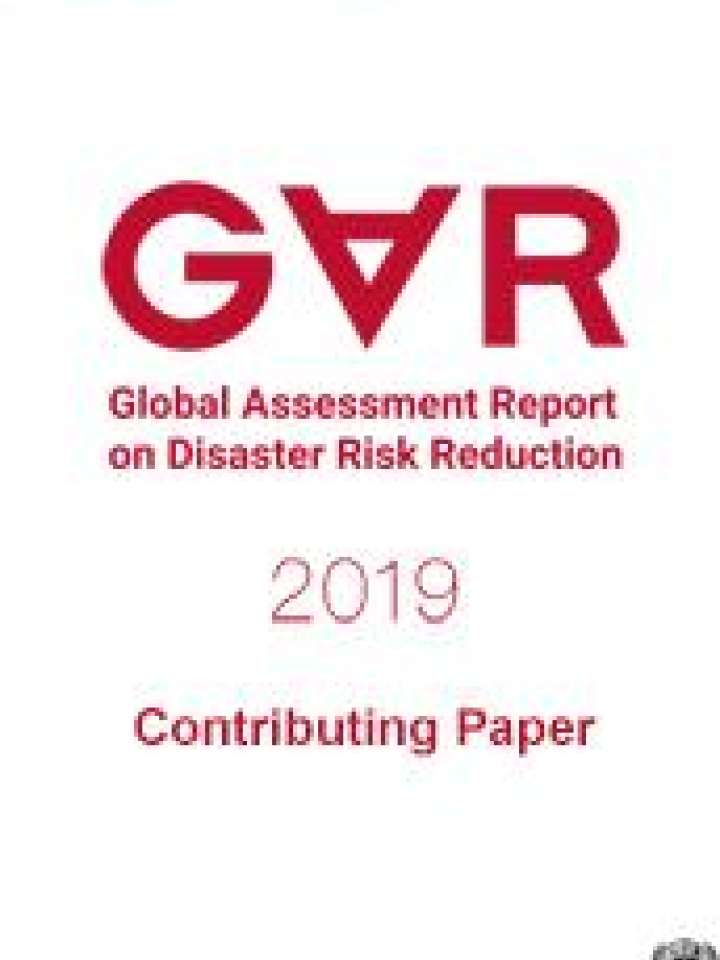Disasters, deaths and the Sendai Framework’s target one: a case of systems failure in Hiroshima landslide 2014, Japan
From the 19th to 21st of August 2014, the city of Hiroshima in Japan experienced a torrential rainfall triggering 166 landslides, which led to 107 debris flows and 59 shallow slides. These landslides were compounded by flash flooding. The consequence of the landslides and flooding led to 74 deaths in the two wards of Asa-Kita and Asa-Minami, which are in the northern parts of Hiroshima. The reasons for these deaths have been captured by experts and researchers through the lens of ‘risk’ and ‘vulnerability’ perspectives. This paper engages with a ‘complex perspective’ to explain why these deaths occurred and how they could have been avoided in Hiroshima. According to the complex perspective, deaths in disasters are avoidable by aligning the conglomeration of different professional groupings and actors designed for specific tasks and goals.
Avoiding or reducing disaster deaths is an emerging scientific field. In 2015, the UN’s Sendai Framework for Disaster Risk Reduction identified seven Global Targets, of which the first Target is to “substantially reduce global disaster mortality by 2030”. This is welcoming news as it is envisaged to lead to new actions, strategies, funding and research to reduce disaster deaths. It is envisaged also to lead to the systematic collection of mortality data at local, national and international levels, which is currently lacking. This research contributes to the progressively emerging domain of knowledge by bringing the case of Hiroshima to the forefront.
This paper is a contribution to the 2019 edition of the Global Assessment Report on Disaster Risk Reduction (GAR 2019).
To cite this paper:
Ray-Bennett, N.S. and Shiroshita, H. Disasters, deaths and the Sendai Framework’s target one: A case of systems failure in Hiroshima landslide 2014, Japan. Contributing Paper to GAR 2019
